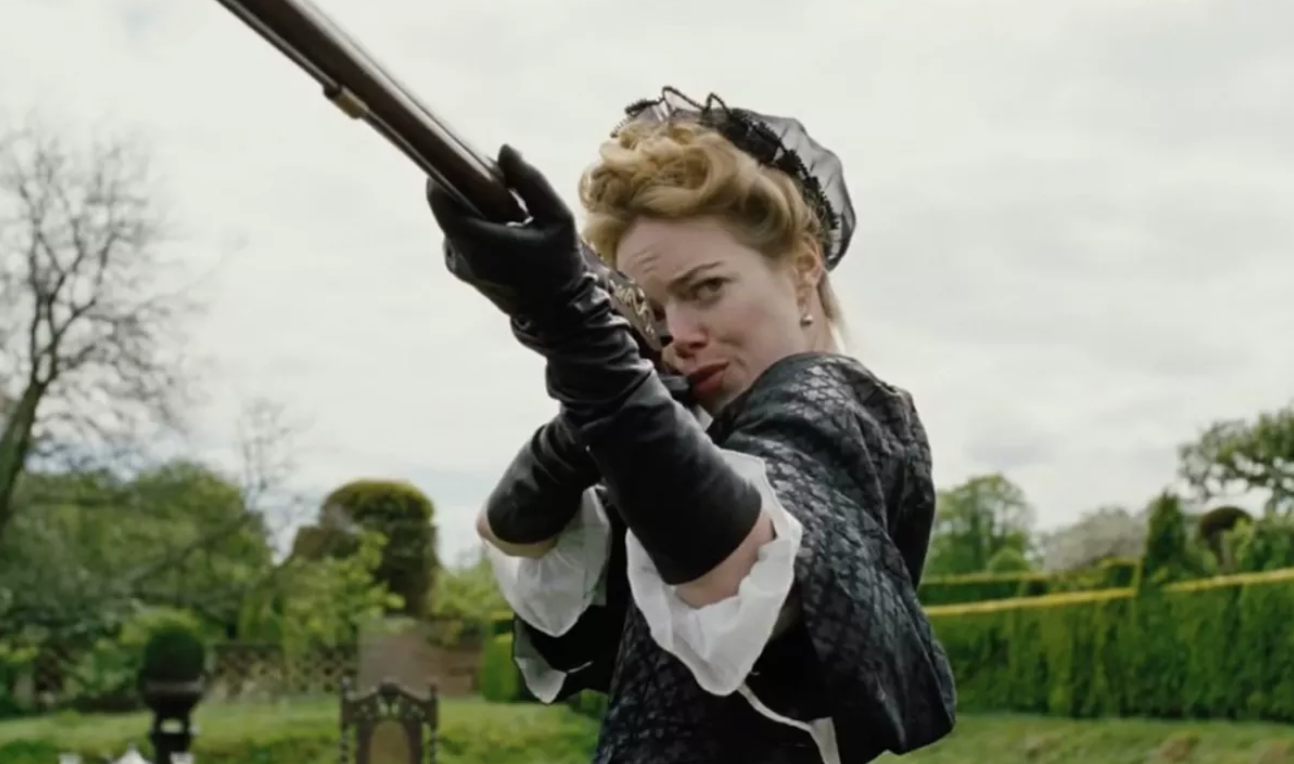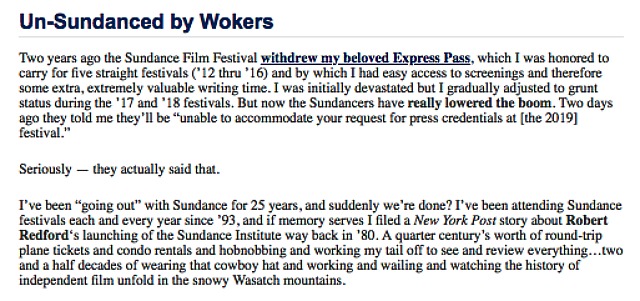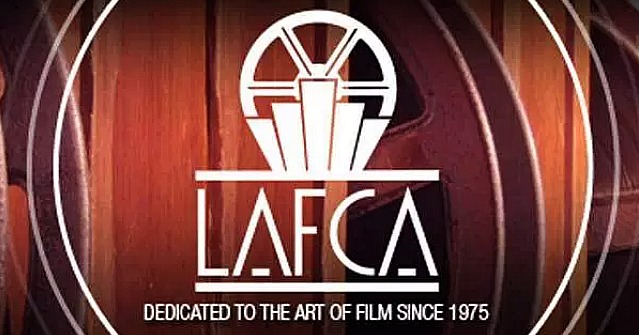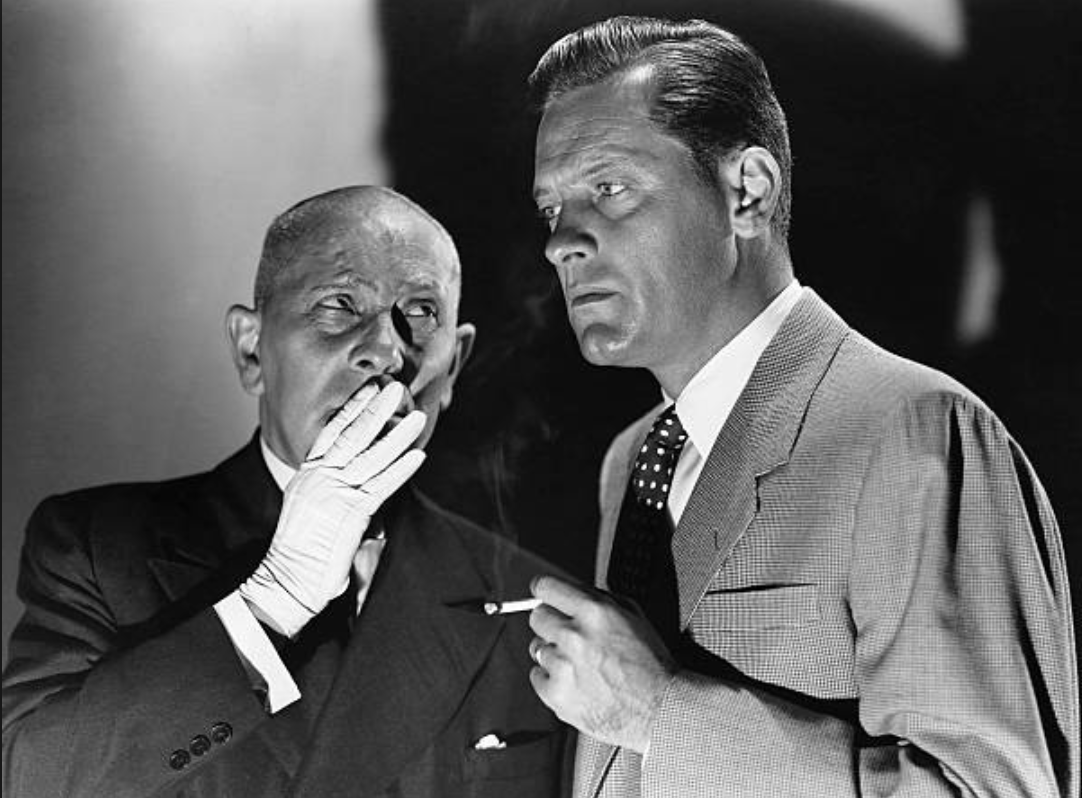Wait…The Favourite is suddenly the most likely winner of the Best Picture Oscar?
The Critics’ Choice Awards, which in the movie realm are voted upon by the Broadcast Film Critics Association, have been the most accurate predictor of Academy Award nominations. There’s something about the non-elitist, emotional-pocket-drop BFCA mindset that seems to synch with the Academy. Remember when Spotlight was apparently losing steam in the 2015-2016 Best Picture race, and then to everyone’s surprise it won the BFCA’s Best Picture trophy? Spotlight won the Best Picture Oscar a few weeks later. I’m not saying that the Critics Choice and Oscar awards have always reflected each other, but BFCA and Academy members do seem to park their cars in the same garage.
If you go by the legend that the most nominated films tend to win the Best Picture Oscar, the fact that Fox Searchlight’s The Favourite corralled 14 Critics Choice nominations this morning — Best Picture, Best Comedy, Best Director (Yorgos Lanthimos), Olivia Colman for Best Actress and Best Actress in a Comedy, Emma Stone and Rachel Weisz for Best Supporting Actress, Best Acting Ensemble, Best Editing, Best Original Screenplay (Deborah Davis and Tony McNamara), Best Cinematography (Robbie Ryan), Best Production Design, Best Costume Design and Best Hair and Makeup — suggests that The Favourite might also turn out to be the most Oscar-nominated feature, and therefore (if you go by odds and tradition) the Best Picture Oscar winner.
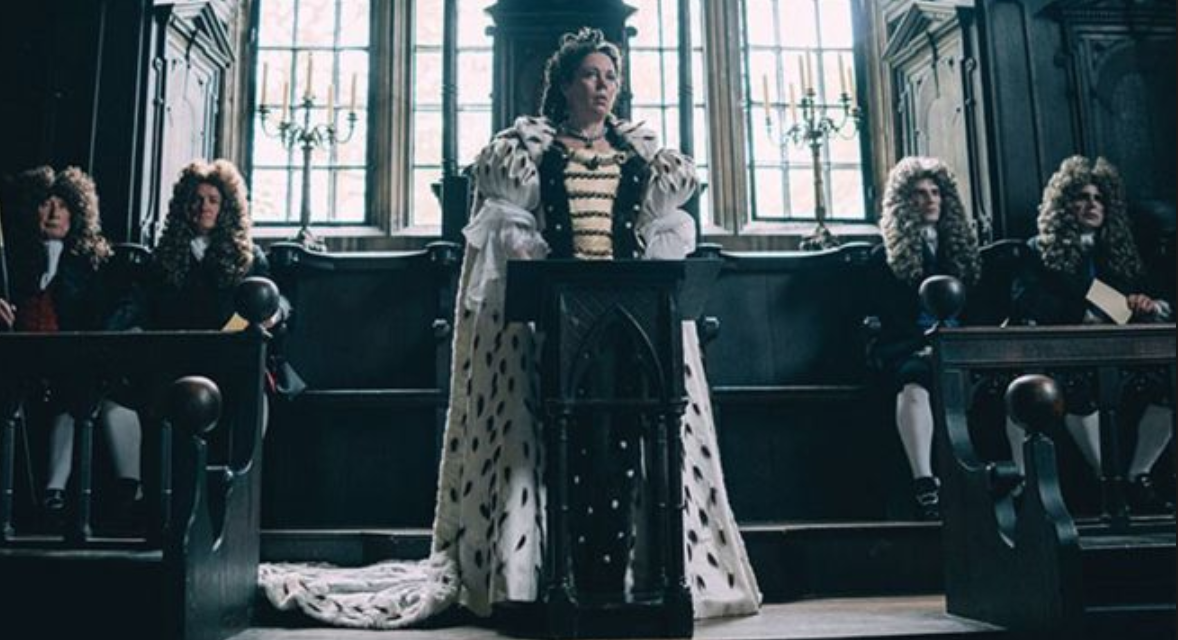
All I can tell you is that this hit me in the stomach when I read the Critics Choice tally last night. Because as much as I admire The Favourite and as impressed as I am by Olivia Colman‘s brilliant performance as Queen Anne (not to mention the “supporting” performances by Rachel Weisz and Emma Stone), I don’t think The Favourite is slam-dunk Best Picture material, largely because the third-act doesn’t pivot or deepen the stakes of the story, let alone maintain the tension of the first two acts.
And because I’m more of a Roma, Green Book, Can You Ever Forgive Me?, First Man and First Reformed type of guy.
Ryan Coogler’s Black Panther was the second most nominated film with 12 Critics Choice nominations. Damien Chazelle’s First Man accumulated ten nominations. Adam McKay‘s Vice, Bradley Cooper‘s A Star Is Born and Rob Marshall‘s Mary Poppins Returns tallied nine nominations each while Alfonso Cuaron‘s Roma — which has seemed to many like the most esteemed and most arthouse-credentialed Best Picture contender — managed to assemble only eight nominations.
Slightly more dispiriting is the fact that Peter Farrelly‘s Green Book, seemingly the most beloved Best Picture contender (if you step outside of lefty fascist p.c.-scold circles) and easily one of the best acted and most finely crafted mainstream features of the year, ended up with only seven nominations.
Green Book is one of the year-end hotties, for sure, but a little man in my chest is saying “what’s going on here? Why are the films and performances that we know are the best of the year…why are they not faring as well as they should?”
HE approves of Ethan Hawke landing a Best Actor nomination for his First Reformed performance; ditto Paul Schrader for his Best Original Screenplay nomination. But the film itself should have been Best Picture nominated; ditto Alexander Dynan‘s 1.37:1 cinematography.
I’m seriously offended by the BFCA not having nominated Marielle Heller‘s Can You Ever Forgive Me? as Best Picture, or Heller for Best Director. At least they nominated Melissa McCarthy for Best Actress and Richard E. Grant for Best Supporting Actor, as they should have.
Viola Davis should have definitely been nominated for her lead performance in Steve McQueen’s Widows, but she wasn’t.
Read more


